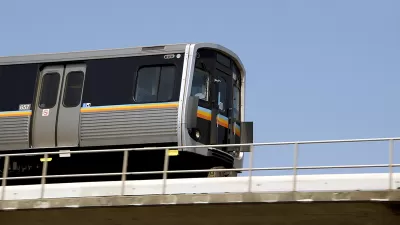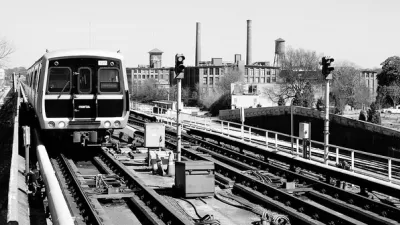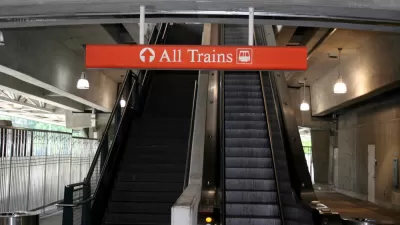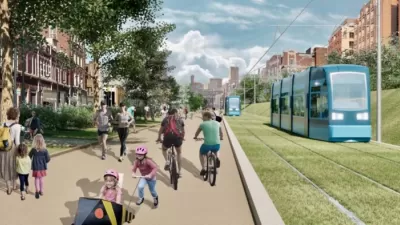After a public engagement process and a political process played out in 2018, MARTA and the city of Atlanta can now focus on what gets built, when, according to the $2.7 billion More MARTA capital investment plan.

"The Metropolitan Atlanta Rapid Transit Authority (MARTA) Board of Directors has unanimously approved the sequencing of the transit projects in the More MARTA Atlanta program," according to a press release posted by the SaportaReport.
The press release describes the More MARTA plan as the region's largest investment in public transit since MARTA's inception.
"The program of projects introduces new modes to the MARTA system, with 14 new miles of bus rapid transit (BRT) representing 22% of the expansion miles; 22 miles of arterial rapid transit (ART) representing 34% of the expansion; and 29 new miles of light rail service representing 44% of the new service. With these new modes and a significant expansion of light rail, MARTA is building a balanced, smart transit system to serve current customers and attract new riders in Atlanta and across the region."
The press release also says the project delivery sequencing represents a game changing approach to project delivery, with a commitment to public-private partnerships designed to reduce delivery times and increase revenue sources.
The project's include in the More MARTA plan were the subject of debate in fall 2018. The board's decision sorts out what gets built and when, sorting out projects into three categories: operational by 2025, under construction by 2025, and planning and design phase by 2025.
FULL STORY: More MARTA Atlanta Program Paves The Way For Increased Connectivity And Economic Development

Study: Maui’s Plan to Convert Vacation Rentals to Long-Term Housing Could Cause Nearly $1 Billion Economic Loss
The plan would reduce visitor accommodation by 25,% resulting in 1,900 jobs lost.

Alabama: Trump Terminates Settlements for Black Communities Harmed By Raw Sewage
Trump deemed the landmark civil rights agreement “illegal DEI and environmental justice policy.”

Why Should We Subsidize Public Transportation?
Many public transit agencies face financial stress due to rising costs, declining fare revenue, and declining subsidies. Transit advocates must provide a strong business case for increasing public transit funding.

Paris Bike Boom Leads to Steep Drop in Air Pollution
The French city’s air quality has improved dramatically in the past 20 years, coinciding with a growth in cycling.

Why Housing Costs More to Build in California Than in Texas
Hard costs like labor and materials combined with ‘soft’ costs such as permitting make building in the San Francisco Bay Area almost three times as costly as in Texas cities.

San Diego County Sees a Rise in Urban Coyotes
San Diego County experiences a rise in urban coyotes, as sightings become prevalent throughout its urban neighbourhoods and surrounding areas.
Urban Design for Planners 1: Software Tools
This six-course series explores essential urban design concepts using open source software and equips planners with the tools they need to participate fully in the urban design process.
Planning for Universal Design
Learn the tools for implementing Universal Design in planning regulations.
Smith Gee Studio
Alamo Area Metropolitan Planning Organization
City of Santa Clarita
Institute for Housing and Urban Development Studies (IHS)
City of Grandview
Harvard GSD Executive Education
Toledo-Lucas County Plan Commissions
Salt Lake City
NYU Wagner Graduate School of Public Service





























